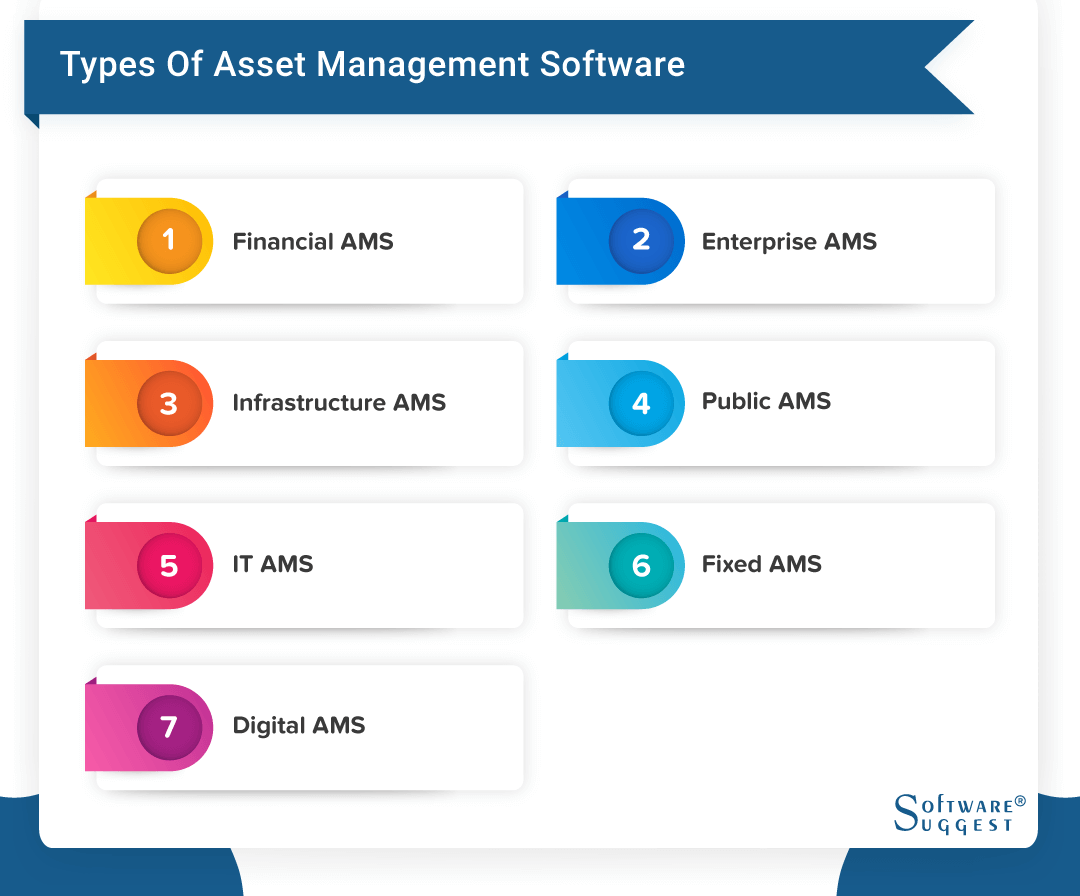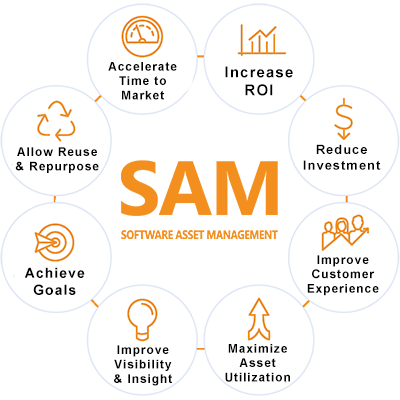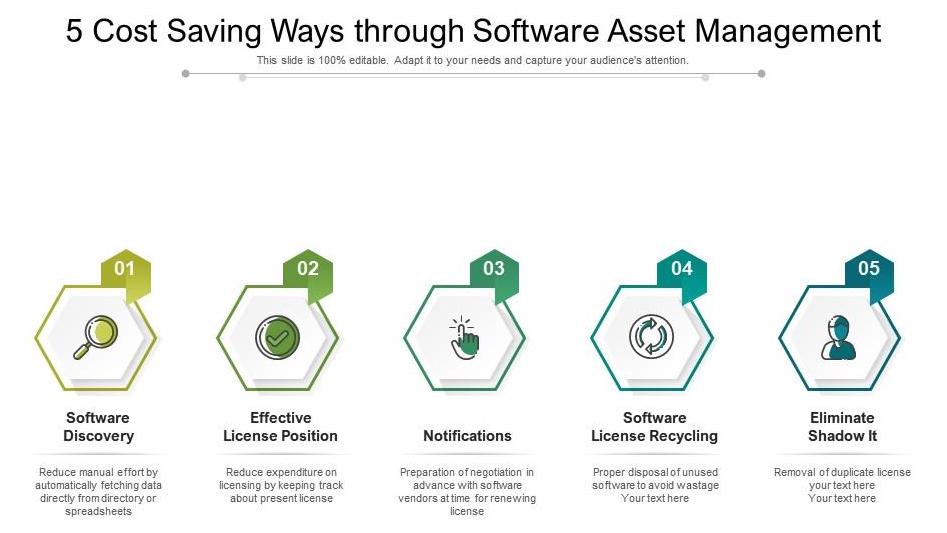7 Traits of an Effective Software Asset Manager
Software asset management (SAM) is a process within the more holistic IT asset management services. Here are seven traits of an effective SAM.
Join the DZone community and get the full member experience.
Join For FreeThe global software asset management industry is expected to grow to a staggering $4.27 billion by 2027. With the growing complexity of software ecosystems, there has never been a better time for reinvention and changing the way companies manage their software portfolio to ensure improved quality.
What Is SAM and Why Are Companies Interested in It?
Software asset management (SAM) is a process within the more holistic IT asset management services. It involves managing procurement, implementation, utilization, and maintenance of software across a business. That’s the gist of it and something you would find in Google snippets regarding SAM.
SAM is all this and a whole lot more. As a company grows, so does its diverse inventory of software assets. Often these assets are interlinked and deployed across multiple departments like legal, IT, finance, and procurement. A robust asset management system is needed to effectively control and optimize the utilization of these software assets.
SAM processes involve reviewing complex license entitlements to ensure compliance. Because of the automated nature of a SAM system, there is little room for error as opposed to manual testing. This further helps in reducing risks for software licenses. SAM programs also build an inventory of your existing software across the entire gamut of devices and help with cloud management.
Now that we know what SAM is and why companies are integrating dedicated SAM teams into their existing verticals, let’s find out what makes a SAM stand out. Here are seven traits of an effective software asset manager:

1. Building Your A-Team
One of the most important things to know about SAM is that it is not a one-person job. Whilst it can and often does start as one, companies soon realize the need to create a dedicated SAM team for effective governance. As the software asset manager, it’s important to build a team of experts experienced in managing license renewals and security protocols.
Ideally, a SAM team would include a SAM analyst, SAM consultant, software asset administrator, software asset manager, and a SAM director. The team can be structured based on your company’s specific requirements. Software asset management is much like crowdsourced testing that combines a synergy of human skill and automation for problem-solving.
Since software acquisition and deployment happens across IT, legal, finance, and other departments, it is important to encourage collaboration between verticals for successful software asset management. Encourage both verbal and nonverbal communication between teams and define your company’s SAM targets so everyone is on the same page.
2. Categorizing Software Assets
Remember to stock check and find out what software you currently have in your inventory. You can use your SAM tool’s probe feature to find all existing licensed and open-source software in your system including any duplicate copies that may have been created. Your SAM tool should be able to explore devices, the cloud, and Google Search AMP to find every software installation. Once you have a full list of your inventory, categorize the software into three sections. These are:
- High priority — software that has high compliance risks and the biggest impact on business
- Low priority — mostly open-source software that has minimal impact on your tech costs
- Blacklisted — mostly comprising malware
Once you have identified and categorized your software assets, you can then plan how to optimize their use and mitigate costs.

3. Choosing the Right SAM Tools
As a software asset manager, you must conduct research to identify the SAM tool that is appropriate for your company and will assist your team in improving software or app performance. So before you buy, measure the efficacy of the tool you choose against these main points:
- License management — measure how effective the tool’s license management features are. A good SAM tool should be able to review license entitlements. It can identify where your company is over-licensed and thereby over-spending. If it is under-licensed, it poses a compliance risk.
- Software discovery — a sophisticated SAM tool should have a software discovery feature that can track all software installed on your system. This helps identify any duplicate versions and take stock of your inventory.
- Flexibility — no matter how sophisticated the tool, ultimately it has to be compatible with your existing software structure. It’s also important that the SAM tool is flexible and can be customized to suit your specific business needs.
- Scalability — the tool should be scalable and equipped to provide support as the business grows.
- Security features — a sophisticated SAM tool can track and restrict software installations on company systems. This mitigates the risk of data fraud. Often the data associated with software assets is confidential and is protected with strict security measures. It is not advisable to provide open access to all users. A good SAM tool should allow you to give access to selected users. This feature is particularly helpful in businesses that provide unified communication as a service.
4. Recycling Software Licences
As a SAM leader, you need to review your license entitlements and ensure you recycle software licenses where possible. This saves money on new software procurement as well as any maintenance fees. It is particularly common in advanced IT environments to recycle software licenses in order to mitigate costs.
Often, when an employee leaves the company, the license assigned to their device is recycled and reassigned to a new employee. QA automation can help with this.

5. Preparing to Be Audited
Software audits are becoming an increasingly common practice. It is in your company’s best interests to be ready for a compliance audit at any time. Remember, one bad audit can destroy years of hard work and damage your reputation.
As the software asset manager, you need to be on top of the license entitlements of all your software. Find out where you are over-licensed and where you are under-licensed. You need to ensure your SAM measures are compliant with SAM ISO 19770-1, ISO 19770-2, and ISO 19770-3 standards.
You need to make sure all aspects of your software portfolio are audit-ready. Delegate your IT team to test all existing software using both manual and exploratory testing methods. Also essential to your audit process is to find out different types of testing.
6. Obtaining Endorsements From Higher Management
It is important to garner support from higher management before implementing a SAM policy. Acquaint them with the pros of having a SAM team and enumerate the specific advantages to the business it provides. List all cost savings. Remember, they are the ones signing off on procurement, so you need them to see what you see. As the software asset manager, you have to sell them the efficacy and impact of SAM. You have to convince them that a robust SAM policy is paramount to the optimum utilization of your software assets.
7. Measuring SAM Success
After implementing a SAM policy, it is important to assess its success. A good first step is to set trackable KPIs. This allows you to share the SAM strategy’s success with higher management as well as the rest of the organization. A few criteria to track include:
- The ratio of total vs. unused software licenses
- The annual value of recycled licenses
- The percent of currently used software assets

Once you have selected and purchased a software asset management system, you need to ensure its smooth implementation. To reiterate an earlier point: SAM is not a one-man job. Make sure to acquaint both senior management and other teams with the new SAM tool and provide training at every step. Contact your vendor and get detailed guidance on effective deployment. The vendor will usually have a customer onboarding template that will take you through the service from entry to exit points. Proper deployment of your SAM tool helps optimize your asset utilization and also improves ROI for the business.
SAM: Changing Our Digital World
When all’s said and done, a single tool or system can’t find relevant data for all software entitlements. Some tools are better geared for their software probe feature while others may be better equipped for license management. Each function requires specialized technical expertise and a single SAM tool may not have the same expertise for all functions. This is one of the main challenges of a software asset management system.
SAM is arguably one of the most significant IT management processes of the present digital age. An effective software manager can optimize the deployment of a SAM program and save their company thousands of dollars annually and help ensure compliance.
Opinions expressed by DZone contributors are their own.

Comments